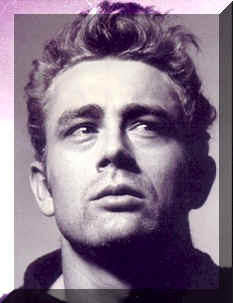Bipolar disorder
From Wikipedia, the free encyclopedia
“Manic Depression” redirects here. For other uses, see Manic Depression (disambiguation).
Bipolar disorderClassification & external resources
Bipolar disorder is a psychiatric condition defined as recurrent episodes of significant disturbance in mood. These disturbances can occur on a spectrum that ranges from debilitating depression to unbridled mania. Individuals suffering from bipolar disorder typically experience fluid states of mania, hypomania or what is referred to as a mixed state in conjunction with depressive episodes. These clinical states typically alternate with a normal range of mood. The disorder has been subdivided into Bipolar I, Bipolar II and cyclothymia, with both Bipolar I and Bipolar II potentially presenting with rapid cycling.
Also called Bipolar Affective Disorder until recently, the current name is of fairly recent origin and refers to the cycling between high and low episodes; it has replaced the older term Manic-depressive Illness coined by Emil Kraepelin (1856-1926) in the late 19th century.[3] The new term is designed to be neutral, to avoid the stigma in the non-mental health community that comes from conflating "manic" and "depression".
Onset of symptoms generally occurs in young adulthood. Diagnosis is based on the person's self-reported experiences, as well as observed behavior. Episodes of illness are associated with distress and disruption, and a relatively high risk of suicide.[1] Studies suggest that genetics, early environment, neurobiology, and psychological and social processes are important contributory factors. Current psychiatric research is focused on the role of neurobiology, but a clear organic cause has not been found. Bipolar disorder is usually treated with medications and/or therapy or counseling. The mainstay of medication are a number of drugs termed 'mood stabilizers', in particular lithium and sodium valproate ; these are a group of unrelated medications used to prevent relapses of further episodes. Antipsychotic medications, sometimes called neuroleptics, in particular olanzapine, are used in the treatment of manic episodes and in maintenance. The benefits of using antidepressants in depressive episodes is unclear. In serious cases where there is risk to self and others involuntary hospitalization may be necessary; these generally involve severe manic episodes with dangerous behaviour or depressive episodes with suicidal ideation. Hospital stays are less frequent and for shorter periods than they were in previous years.
Some studies have suggested a significant correlation between creativity and bipolar disorder. However, the relationship between the disorder and creativity is still very unclear.[2][3][4] One study indicated increased striving for, and sometimes obtaining, goals and achievements.[5]
Contents[hide]
1 Signs and symptoms
1.1 Classification
1.2 Depressive phase
1.3 Mania
1.4 Hypomania
1.5 Mixed state
1.6 Rapid cycling
1.7 Cognition
1.8 Creativity
2 Diagnosis
2.1 Diagnostic criteria
2.2 Delay in diagnosis
2.3 Children
3 Epidemiology
4 Etiology
4.1 Heritability or inheritance
4.2 Genetic research
5 Treatment
5.1 Medication
6 Research
6.1 Medical imaging
6.2 New treatments
7 Prognosis
7.1 Recurrence
7.2 Mortality
8 History
9 See also
10 References
10.1 Cited texts
11 Further reading
12 External links
//
See also
Mood (psychology)
Emotion
List of people believed to have been affected by bipolar disorder
References
go here
Thursday, September 06, 2007
Subscribe to:
Post Comments (Atom)



No comments:
Post a Comment